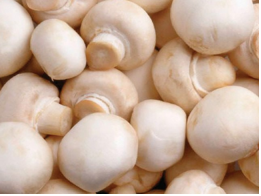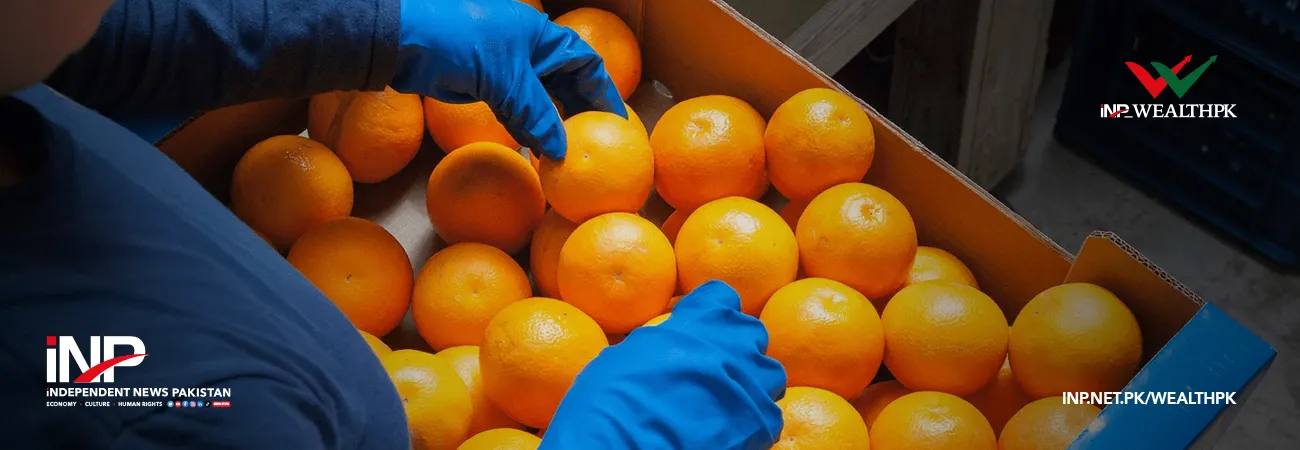INP-WealthPk
Ahmed Khan Malik
Mushroom farming, though still relatively new in Sindh, is fast emerging as a promising agricultural activity with the potential to become a profitable commercial venture.
With the growing demand for healthier food alternatives, mushrooms are increasingly sought after in both local and international markets. Yet despite favorable climatic conditions and an eager consumer base, the mushroom sector in Sindh remains underdeveloped.

“Lack of awareness, limited technical knowledge, and insufficient government support continue to hold back its progress. If nurtured properly, mushroom farming could generate employment, strengthen food security, and open avenues for export earnings,” agriculture experts and officials told Wealth Pakistan.
Sindh’s agro-climatic conditions are well-suited to the cultivation of several mushroom varieties, including button, oyster, and shiitake mushrooms. “These crops require minimal land compared to traditional farming, grow in controlled environments, and can be harvested multiple times a year,” said Ayaz Sehato, Director of Agriculture Research Sindh.
Sehato said for a province where land fragmentation and water scarcity have long posed challenges for farmers, mushroom cultivation presents an attractive alternative. Small farmers, landless laborers, and even urban households could benefit by adopting this model.
In Pakistan, especially in urban centers like Karachi and Hyderabad, mushroom consumption is on the rise as more restaurants, hotels, and households add them to their menus. “However, the local supply is unable to meet demand, leading to heavy reliance on imports,” Sehato added.
Despite this growing demand, mushroom farming in Sindh faces multiple obstacles. “The foremost is the lack of technical training. Farmers are largely unaware of scientific cultivation methods, temperature-control systems, and disease management. Without proper knowledge, yields remain low and inconsistent,” he noted.
Another hurdle is the absence of organized supply chains and storage facilities. Mushrooms are highly perishable and require careful handling, but Sindh lacks sufficient cold storage units and processing centers. As a result, even farmers who manage to produce mushrooms struggle to transport their harvest to markets in time.
Financial constraints are another major barrier. “Initial investments in infrastructure—such as climate-controlled rooms, humidity regulators, and sterilization equipment—are costly. Without subsidies, low-interest loans, or government incentives, many farmers hesitate to experiment with mushroom cultivation,” Sehato explained.
To unlock the sector’s potential, Sohail Dharejo, an agriculture expert in Hyderabad, emphasized the need for coordinated efforts. “The government must take the lead by including mushroom cultivation in agricultural development policies. Extension services should be expanded to train farmers in modern cultivation techniques. Agricultural universities and research institutions can play a vital role in providing technical guidance, conducting trials, and developing high-yield varieties suited for Sindh’s climate,” he told Wealth Pakistan.
Dharejo further stressed that financial institutions must step in with farmer-friendly credit schemes. “Just as traditional crops receive subsidies and insurance coverage, mushroom farming deserves similar backing. Establishing cold storage facilities, collection centers, and cooperative marketing networks would help reduce post-harvest losses and ensure fair prices for growers,” he said.
The role of the private sector is equally critical. Dharejo said entrepreneurs can invest in processing units for dried and canned mushrooms, which fetch higher prices and have longer shelf lives. “Public-private partnerships could bridge the gap between small farmers and larger markets. By promoting value-added products, Sindh could even target exports to Gulf and European countries where demand is booming,” he opined.
Credit: INP-WealthPk













